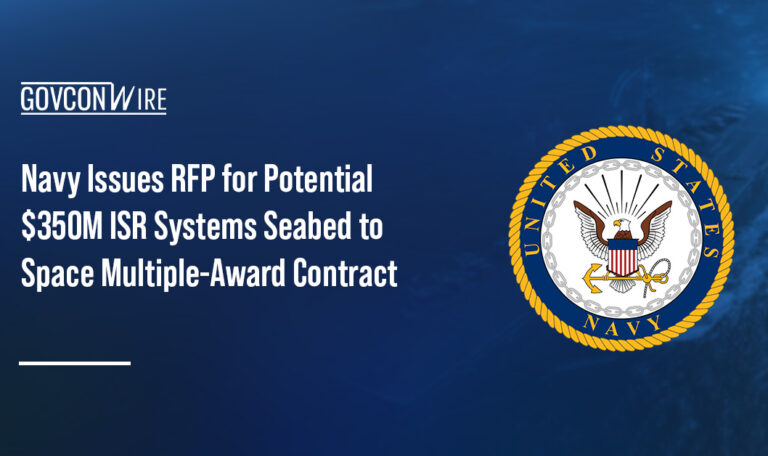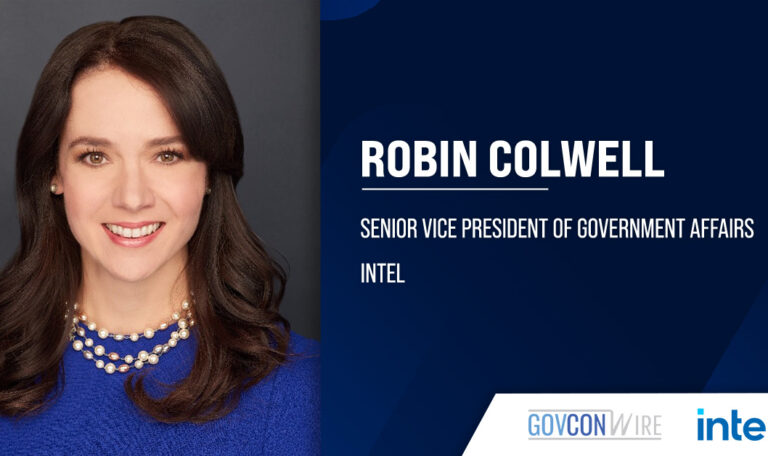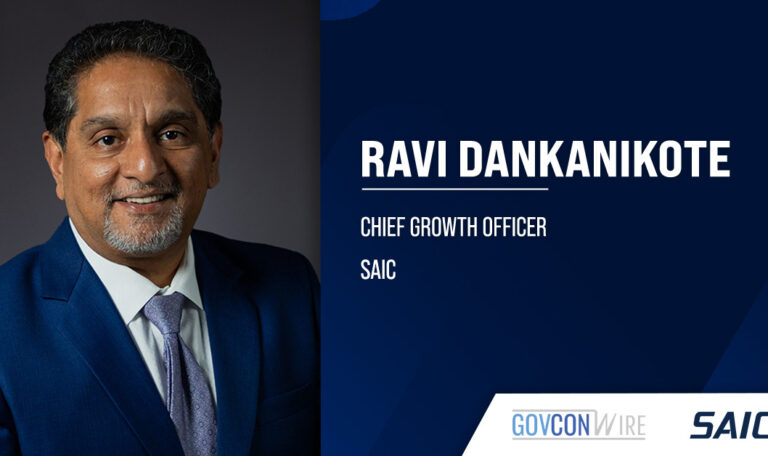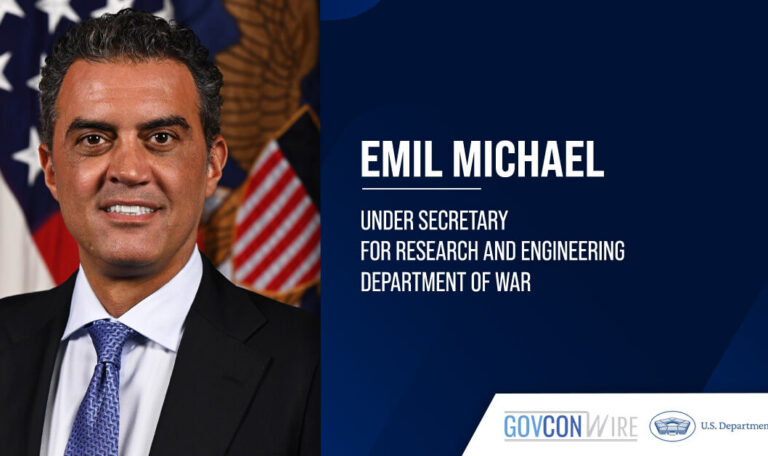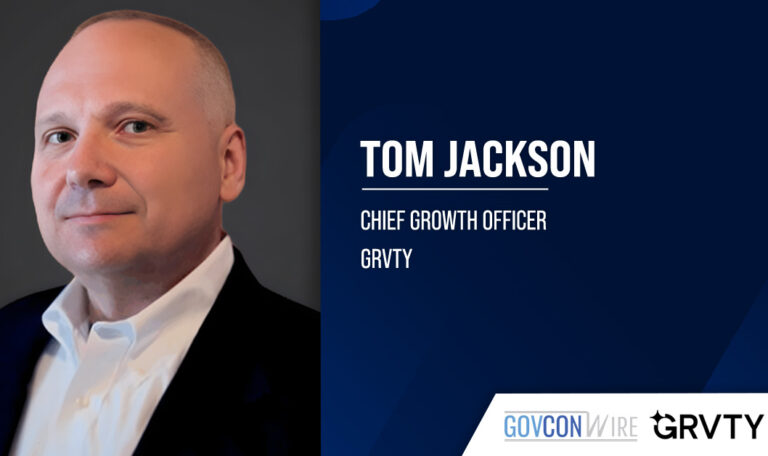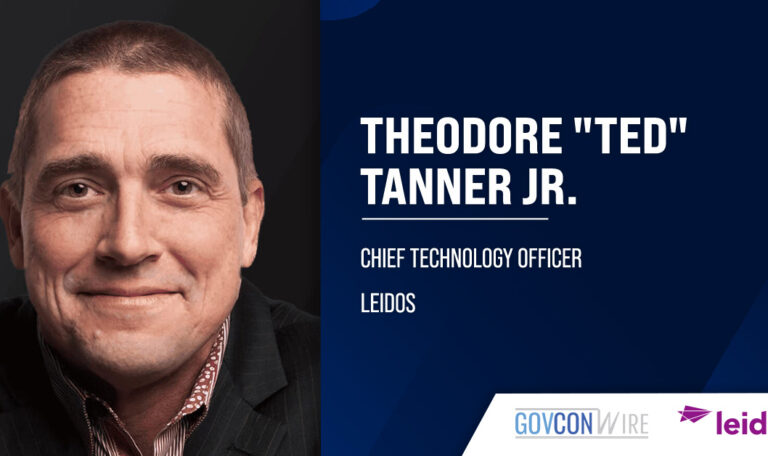With the threat of cyberattacks on the rise, the U.S. military is making cyber defense capabilities a top priority. The cyber domain of today is highly volatile; our adversaries are becoming more sophisticated in their cyber warfare tactics, and any vulnerability within an organization’s IT environment can and will be exploited.
“We’re not in a near peer environment anymore. We have peer competitors out there within this domain,” said Col. Heather Blackwell, director of cyberspace and information dominance and chief information officer for the Department of the Air Force’s Air Combat Command, in a panel conversation during the GovCon Wire Events Second Annual Defense Cyber Forum.
Col. Blackwell said these competitors — countries like Russia and China — have a much lower risk tolerance than the U.S. and they’re “willing to take broader, bigger, bolder steps in this cyber domain” than we are.
Unfortunately, adversaries have already been displaying this kind of cyber behavior for years. Chris Cleary, principal cyber advisor for the Department of the Navy, argued that our adversaries are well inside our OODA — or Observe, Orient, Decide, Act — loop, and they’re using it to their advantage.
Citing the major 2020 SolarWinds cyberattack as an example, Cleary said cyber attackers targeting U.S. companies have closely observed these organizations and already know how they will react.
“They’re not deterred from showing us where our vulnerabilities are and then sort of making us react to their actions, to remediate certain things in the environment,” he shared.
It’s no surprise that in order to remediate these vulnerabilities, time and speed are key. But the cyber domain moves at a much faster pace than the rest of the defense environment.
For example, Cleary said that Air Force officials are already thinking ahead of the fifth generation aircraft of today and focusing on the sixth generation aircraft. “But in cyber,” Cleary explained, “it’s gonna move much, much faster. We might develop a tool today that is useless tomorrow. That is just the nature of the game today.”
With this paradigm in mind, leaders across the Department of Defense are moving ahead quickly in their pursuit of advanced commercial capabilities, innovative technology and cyber defenses.
The DOD is currently working on a collaborative partner environment initiative that will help services share data at the speed of need and fight wars across all domains and phases of conflict, including competition.
“I say ‘fight’ because in our region right now, I would say that is what it is,” said Brig. Gen. Tina Boyd, director of the U.S. Central Command, J-6.
“We are in a big fight in our region. It’s strategic in nature, and the typical peer adversaries — China being number one — are not holding back with being able to take up anything and everything that they’re looking to control for the near and the long term, to support their country and sustain it so it can be dominant over the world,” she warned.
Col. Blackwell argued that one of the most important tools we have to fight these competitors will be data at the edge, which is largely dependent on the cloud. But cloud services shouldn’t just come from a vendor; cloud should be deeply understood and supported by the service members who harness it in order to be the most successful, Col. Blackwell suggested.
“I can’t just outsource all of this to a cloud provider. I still need military members who understand how to secure and defend the cloud, how to do those data analytics,” she said.
“I’m really pushing my cyber officers and eventually our enlisted civilians to understand these cloud constructs and data analytics,” explained Col. Blackwell. “I want to be able to use industry and commercial certifications to train my personnel in that technology so that they can then apply it from a warfighter construct in our domain.”

You can learn more about the technology priorities driving the public sector today during the GovCon Wire Events Innovative and Emerging Technologies Forum on July 20. David Shive, chief information officer for the General Services Administration, is set to keynote. Register here.




